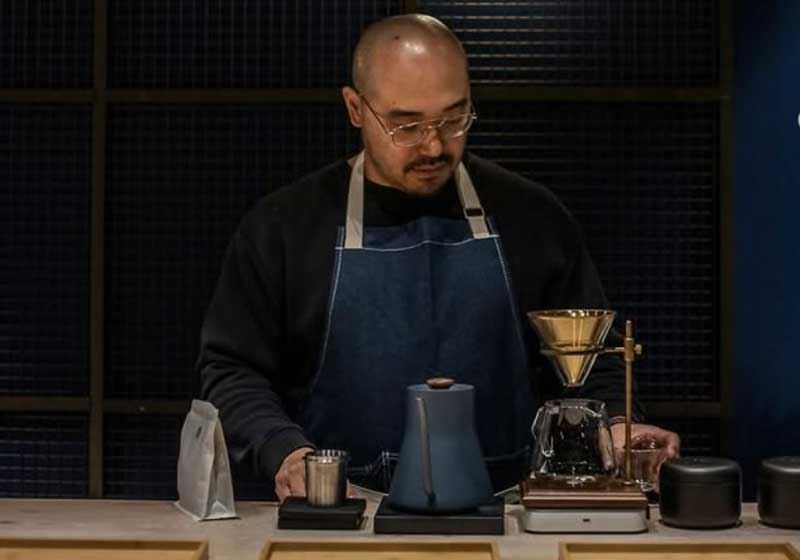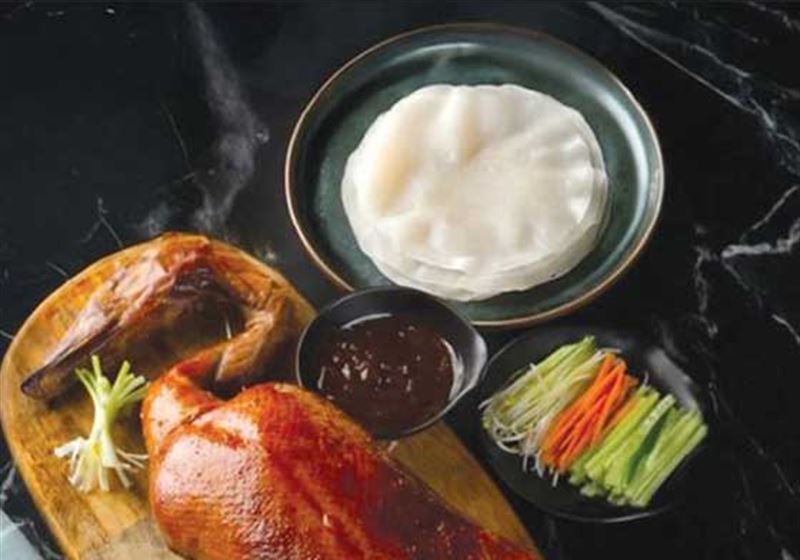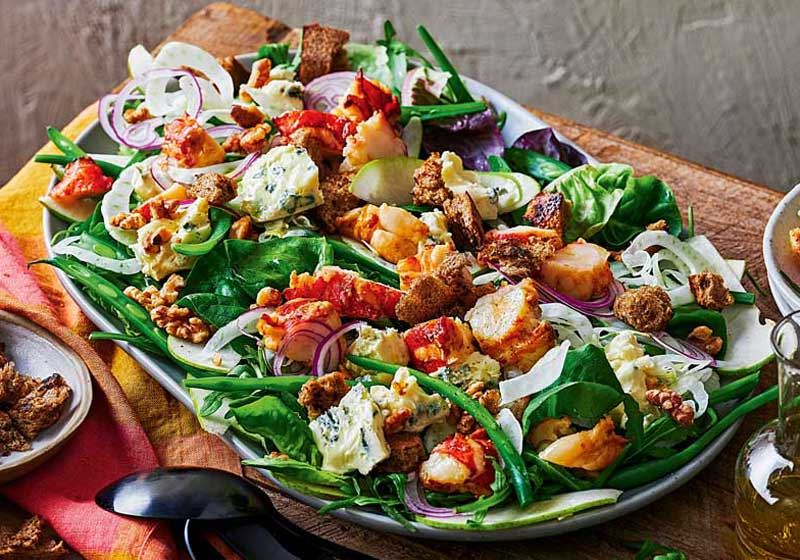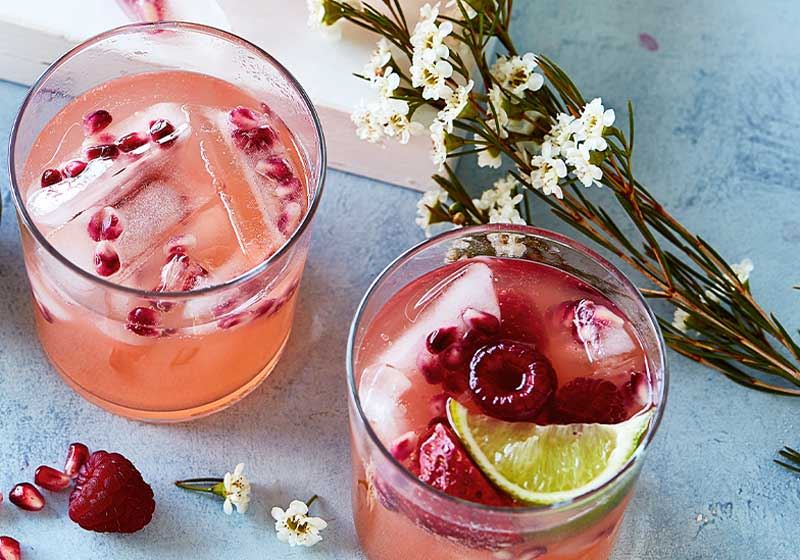The use of native ingredients in our cooking has grown exponentially in recent years with proteins such as kangaroo now readily available at supermarkets and butchers and herbs such as lemon myrtle appearing in all manner of dishes at restaurants and on our family tables.
If you are unsure of which flavourful additions to include in your cooking, here are five we think you need to know how to use:
Lemon myrtle:
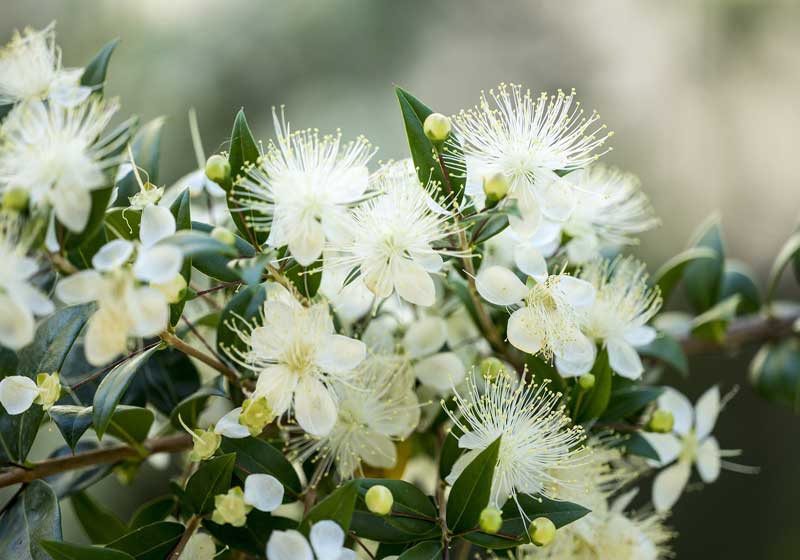
Lemon myrtle is sometimes referred to as the ‘Queen of lemon herbs’. It boasts an intensely citrus fragrance and flavour and has long been used in indigenous cuisine and medicine.
In the wild, you’ll find it in the subtropical rainforests of Central and South-eastern Queensland. Undoubtedly the most popular of Australia’s native herbs, lemon myrtle’s tangy fresh leaves can be used in teas, syrups, glazes, cakes, biscuits, dressings, sauces, ice creams, dips, meat and seafood dishes.
Essential oil distilled from the leaves has a refreshing lemony scent and has been found to have antifungal and antibacterial properties.
Kangaroo:
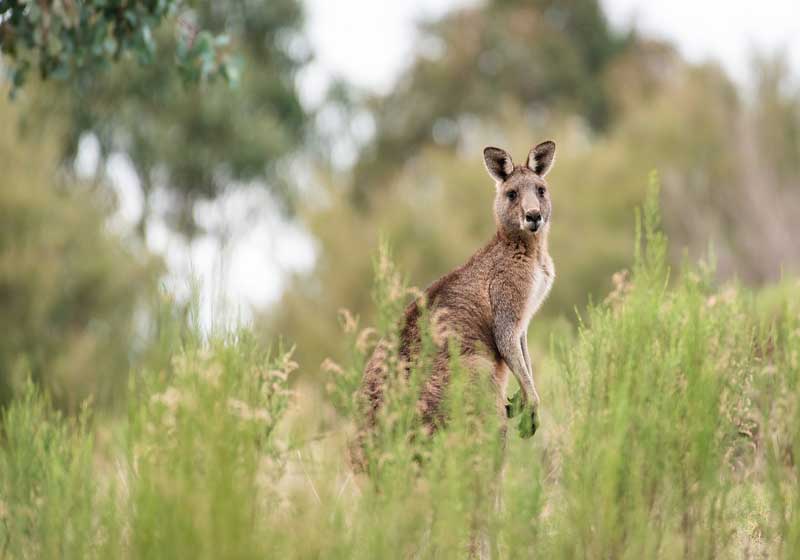
Kangaroo is a lean meat with less than 2% fat, making it a healthier red meat option which is also high in protein, essential B vitamins, minerals such as zinc, iron, omega-3 fats and omega-6 fatty acids.
Compared to beef, kangaroo contains double the amount of iron and triple that of chicken and pork. Eating wild meat such as kangaroo is considered also better for your health as you can be sure there are no added growth hormones, antibiotics or chemicals.
While many Australians find it a little daunting to eat kangaroo or emu, as they are both on the country’s Coat of Arms, they are both extremely tasty proteins when cooked correctly.
When sourcing kangaroo meat, make sure to use a supplier that only harvests male animals and follows the commercial code.
Kakadu plum:
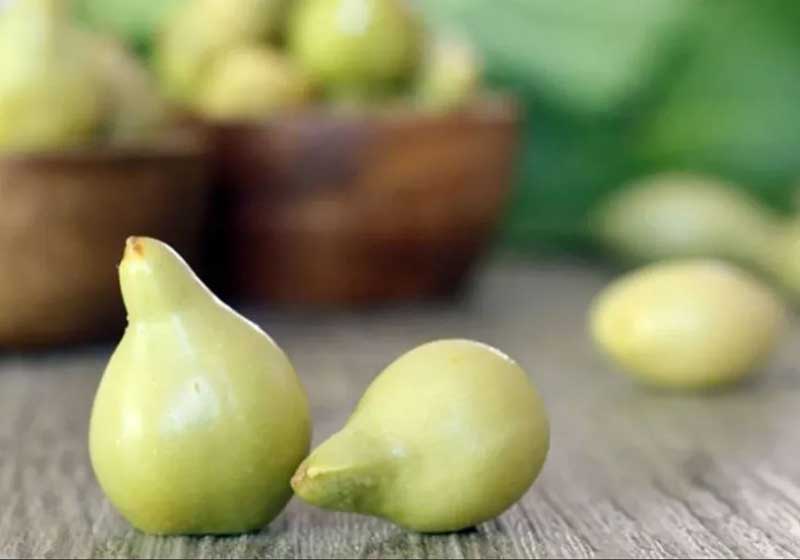
Considered a gift of the Dreamtime, the Kakadu plum has more vitamin C than any other fruit in the world – even up to 100 times more than an orange!
It has been an important food and medicine in Australia for millennia thanks to its exceptional nutritional and antiseptic properties and is currently being used in Alzheimer’s research.
Native to the Kakadu and Kimberley regions of Australia, nutritionally Kakadu plum is extremely potent – five times more than blueberries – to get the most nutritional value of the Kakadu plum, enjoy eating it raw rather than heating it.
Kakadu plum has a sour, slightly nutty flavour and a fruity aroma; here are four ways to incorporate it into your diet:
•In sweet breakfast food, such as chia puddings, smoothies and yoghurt.
•In raw snacks such as raw slices, bliss balls, or healthy energy balls.
•Add it to sauces for a zesty taste, along with salad dressings.
•Mix it with savoury flavours – in savoury dishes, Kakadu plum pairs well with ginger, chilli and garlic.
Finger lime:
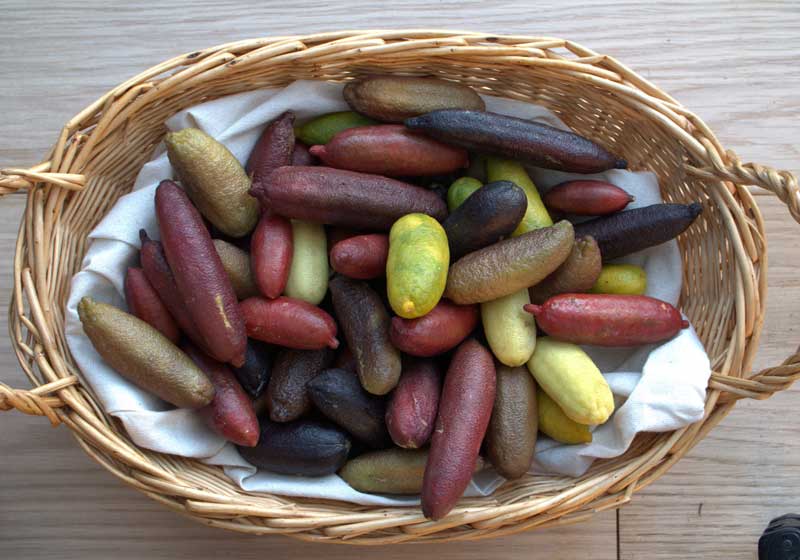
Finger lime is a native citrus prized for its unique caviar-like pulp and attractive colour, which can vary between yellow, green, pale pink and crimson. They are traditionally found in the subtropical rainforests of Northern NSW and Queensland, part of the Bundjalung language nation.
White Autumn flowers are followed in Winter and Spring by slow-growing finger-shaped fruit containing glistening ‘citrus pearls’. When bitten, these pearls explode in a juicy, sweet, refreshing burst, making this fruit ideal for Summer drinks and desserts, they can also be used in chutneys, jams and marmalades.
Finger limes don’t ripen well off the tree, so pick only fully ripe fruit which will feel full and detach easily. When opening the fruit, avoid getting oil from the rind onto the pearls, as this can affect the flavour.
Karkalla:
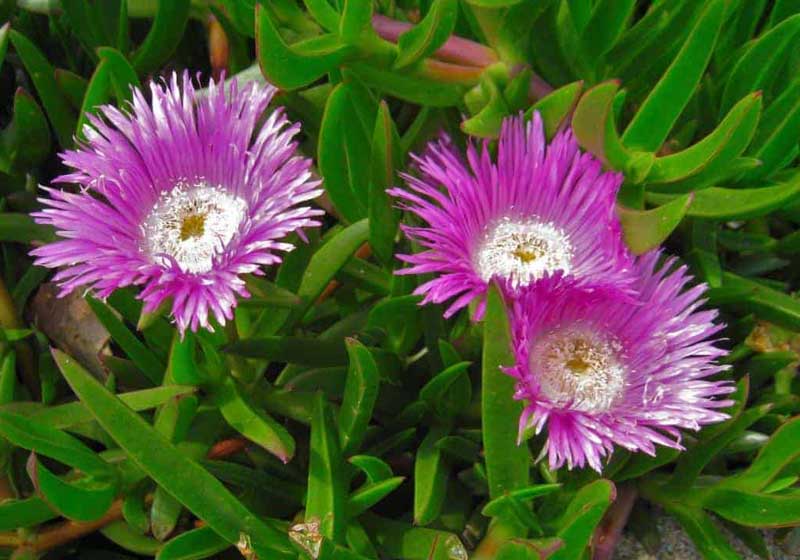
Karkalla, also known as pigface and beach banana, is a succulent most commonly found among sand dunes and on cliff faces around the Australia coastline. The flowers and fruit are edible with the fruit having a gelatinous flesh with a fruity salty flavour.
An excellent source of iron, karkalla also contains fibre, calcium and small traces of vitamin C. It adds a welcome salty hit and juicy crunch to fish dishes, salads and stir-fries. Although karkalla is common in the wild, foraging for it is illegal. Cultivated karkalla is of better quality and can be found at growers’ markets and select greengrocers.
AGFG acknowledges the Traditional Owners of Country throughout Australia and their continuing connection to land, sea and community. We pay our respects to them and their cultures, to the Elders past, present and emerging.



